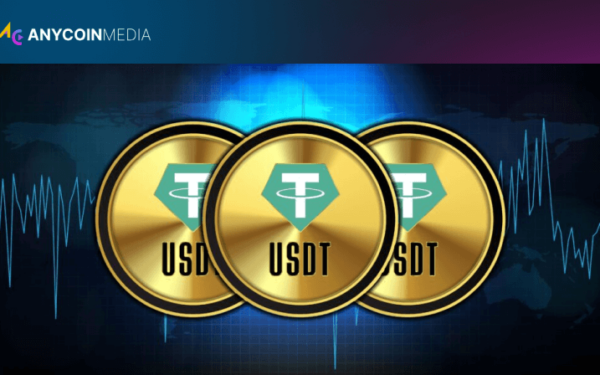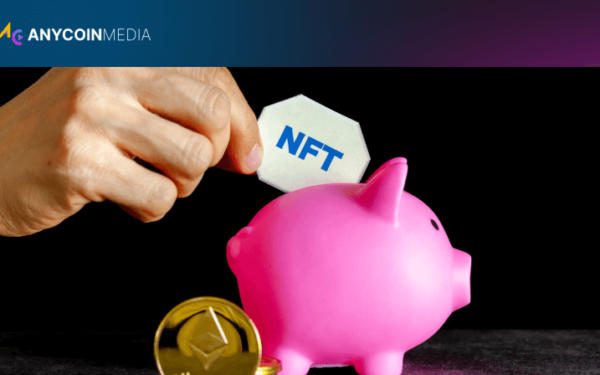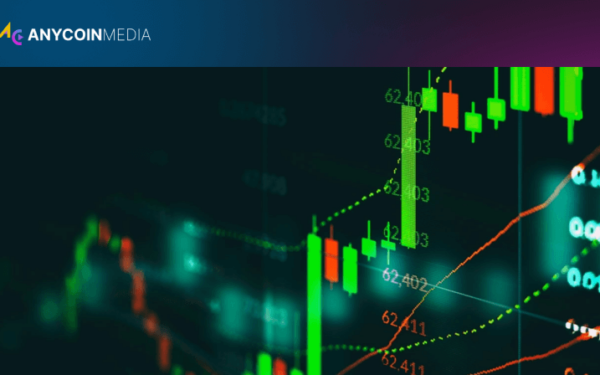Cryptocurrency mining is the backbone of many blockchain networks, serving as the process by which new digital coins are created and transactions are verified. This complex computational task, first introduced with Bitcoin in 2009, has since become a global industry worth billions of dollars. Mining is essential for maintaining the integrity and security of decentralized cryptocurrencies, ensuring that the network remains trustworthy and resistant to manipulation.
At its core, crypto mining is a process of solving complex mathematical problems using specialized hardware. These problems are based on cryptographic hash functions, which are designed to be difficult to solve but easy to verify. When a miner successfully solves a problem, they earn the right to add a new block to the blockchain and receive a reward in the form of newly minted cryptocurrency.
The mining process serves several crucial functions:
Mining difficulty adjusts automatically to maintain a steady rate of new block creation, regardless of the total computational power on the network. This self-regulating mechanism ensures that the supply of new coins remains predictable and controlled.
The mining process can be broken down into several key steps:
Miners gather unconfirmed transactions from the network’s memory pool, or “mempool.” These transactions are waiting to be included in the next block. Miners typically prioritize transactions with higher fees, as this can increase their potential rewards.
Once a miner has collected a set of transactions, they assemble them into a block. This block includes a special transaction called the “coinbase transaction,” which allows the miner to claim the block reward and any transaction fees.
The heart of the mining process lies in the Proof of Work algorithm. Miners must find a specific value — called a nonce — that, when combined with the block’s data and hashed, produces a result meeting certain criteria. This criteria is typically that the hash must begin with a certain number of zeros.
Finding the correct nonce is an intensive process that requires immense computational power. Miners perform trillions of hash calculations per second in their quest to find the winning nonce. This process is intentionally difficult to prevent the network from being overwhelmed with new blocks and to maintain the security of the blockchain.
Once a miner finds a valid nonce, they broadcast the new block to the network. Other nodes on the network then verify that the block is valid by checking that:
If the block passes these checks, it is added to the blockchain, and the miner receives their reward.
The successful miner receives two types of rewards:
The block reward is designed to decrease over time through a process called “halving,” which helps control the supply of new coins entering circulation.
Cryptocurrency mining has evolved from a hobby that could be performed on personal computers to an industry dominated by specialized hardware and massive mining farms. The types of hardware used for mining have changed dramatically over the years:
Here’s a comparison of different mining hardware types:
|
Hardware Type |
Efficiency |
Cost |
Flexibility |
Typical Use Case |
|
CPU |
Very Low |
Low |
High |
Experimental/Learning |
|
GPU |
Medium |
Medium |
High |
Altcoin Mining |
|
FPGA |
High |
High |
Medium |
Specialized Altcoin Mining |
|
ASIC |
Very High |
Very High |
Low |
Bitcoin and Major Cryptocurrencies |
The increasing difficulty of mining has led to a significant rise in energy consumption. Bitcoin mining alone consumes more electricity than many countries. This has raised concerns about the environmental impact of cryptocurrency mining and has led to efforts to develop more energy-efficient mining methods and the exploration of alternative consensus mechanisms like Proof of Stake (PoS).
As mining difficulty increased, individual miners found it increasingly challenging to successfully mine blocks on their own. This led to the creation of mining pools — groups of miners who combine their computational power and share the rewards proportionally to their contributed hash power.
Mining pools offer several advantages:
However, they also introduce a level of centralization to the mining process, which some argue goes against the decentralized ethos of cryptocurrencies.
The profitability of mining depends on several factors:
Miners must carefully balance these factors to ensure their operations remain profitable. Many use mining profitability calculators to estimate potential returns before investing in equipment.
The energy-intensive nature of Proof of Work mining has led to significant environmental concerns. Critics argue that the carbon footprint of cryptocurrency mining is unsustainable and contradicts global efforts to combat climate change. This has prompted some miners to seek out renewable energy sources or relocate to regions with abundant clean energy.
Regulatory challenges also loom large for the mining industry. Some countries have banned cryptocurrency mining altogether, while others have imposed strict regulations on mining operations. These regulatory pressures can significantly impact the geographic distribution of mining power and the overall health of cryptocurrency networks.
In response to the energy consumption and scalability issues associated with Proof of Work, alternative consensus mechanisms have been developed. The most prominent among these is Proof of Stake (PoS), which selects block validators based on the amount of cryptocurrency they hold and are willing to “stake” as collateral.
Proof of Stake offers several potential advantages:
However, PoS also faces criticism for potentially leading to greater centralization of power among large token holders. Despite these concerns, many newer blockchain projects have adopted PoS or hybrid consensus mechanisms, and even Ethereum — the second-largest cryptocurrency by market cap — has transitioned from PoW to PoS.
As the cryptocurrency ecosystem continues to evolve, so too will the nature of mining. Several trends are likely to shape the future of crypto mining:
The mining industry will need to adapt to these challenges while maintaining the security and decentralization that are fundamental to cryptocurrency networks.
In conclusion, cryptocurrency mining plays a vital role in the functioning of many blockchain networks, providing security, transaction verification, and new coin creation. While it faces significant challenges related to energy consumption and regulatory pressures, mining remains a crucial component of the cryptocurrency ecosystem. As the industry continues to mature, innovations in technology and consensus mechanisms may address many of the current concerns, paving the way for a more sustainable and efficient future for cryptocurrency mining.





